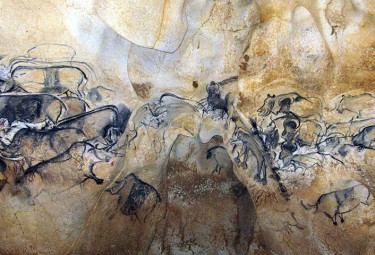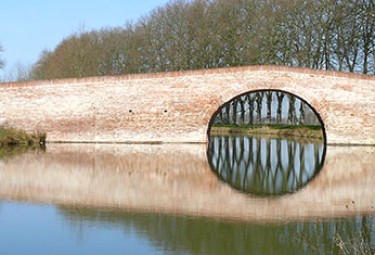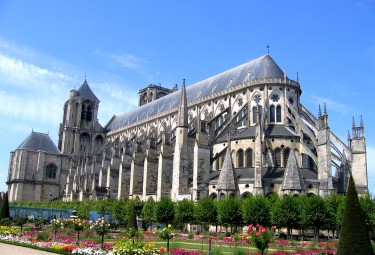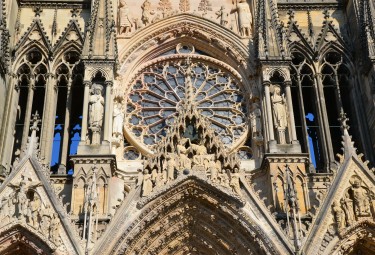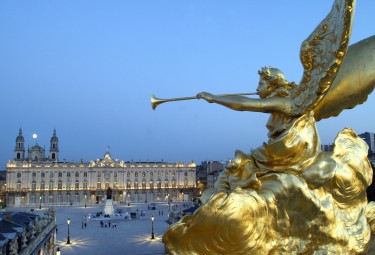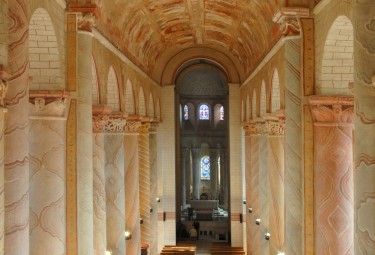Cistercian Abbey of Fontenay
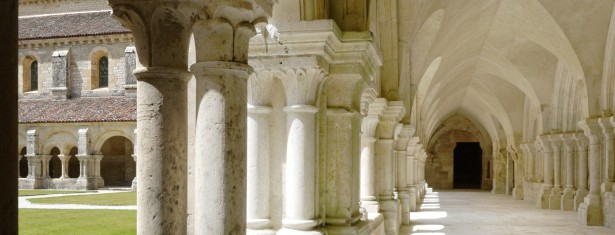
Summary
The Abbey of Fontenay was founded in 1119 by St Bernard in a small marshy valley a few kilometres from Montbard in Burgundy. The simplicity and purity of its design provide a perfect illustration of the ideal of self-sufficiency practised by Cistercian monks.
Fontenay is neither the oldest foundation of St Bernard, nor the most famous (Clairvaux can stake a claim on both counts); neither is it the most perfect example of Cistercian architecture (this is probably Thoronet), nor the most complete (see Fountains Abbey in England). However, the Abbey that was built in the valley of the Egrevies is without contest the best preserved among those built in Burgundy during the lifetime of the reforming Saint.
The church was constructed between 1139 and 1147 by the Abbot Guillaume, thanks to the generosity of Ebrard, Bishop of Norwich, who was later buried there; it was consecrated by Pope Eugène III, a Cistercian and former disciple of St Bernard. With its Latin-cross plan, blind nave, and towerless transept, it is remarkable for its extreme simplicity and purity. The perfect proportions, the austerity of the openings, the skilled construction of the vaults, and the beauty of the stonework combining dressed and rough-hewn stones, give an overall impression of harmony and light, stemming from a spirit of asceticism. Built at the same time and on the same principles, the cloister and the chapter house have been preserved intact. Other community buildings have also been preserved in the abbey complex: the monks’ room, the monks’ dormitory, the heating room, the refectory, the “enfermerie” (or prison), hostel, bakery, and forge. The latter, which dates back to the end of the 12th century, is a reminder of the role played by the Cistercians in the technological advances of the Middle Ages; it is one of the oldest industrial buildings in France.
During the 13th, 15th and 16th centuries, the Abbey underwent many transformations, and during the 18th and 19th centuries it was largely in ruins. However, thanks to restoration work carried out since 1906, it can now be seen as a largely authentic and well-preserved ensemble.
Criteria
Criterion (iv): The Cistercian monastery was an agricultural and industrial centre, a place of work and prayer for a small group of self-sufficient monks, and Fontenay is a perfect illustration of a significant historical situation with a universal value. The austere architecture of the Cistercian monks represents the highest form of a moral and aesthetic ideal that emerged at various times in the history of Christian religious communities in the Western world (notably among the Grandmontines and Norbertines).
- Année d'inscription : 1981
- Critères d'inscription : iv
- Superficie du bien inscrit : 5,77 ha
- Localisation : Department of Côte d'Or, region of Bourgogne-Franche-Comté
- Coordonnées DMS : N47 38 21.984 E4 23 20.796
- Registration year : 1981
- Registration criterion : iv
- Area of the inscribed : 5,77 ha
- Location : Department of Côte d'Or, region of Bourgogne-Franche-Comté
- Coordinates DMS : N47 38 21.984 E4 23 20.796

